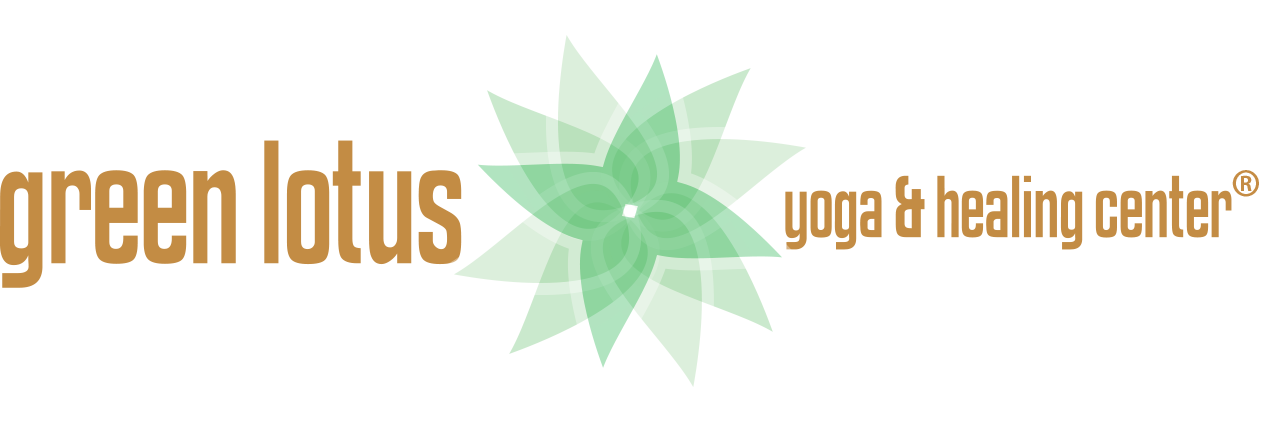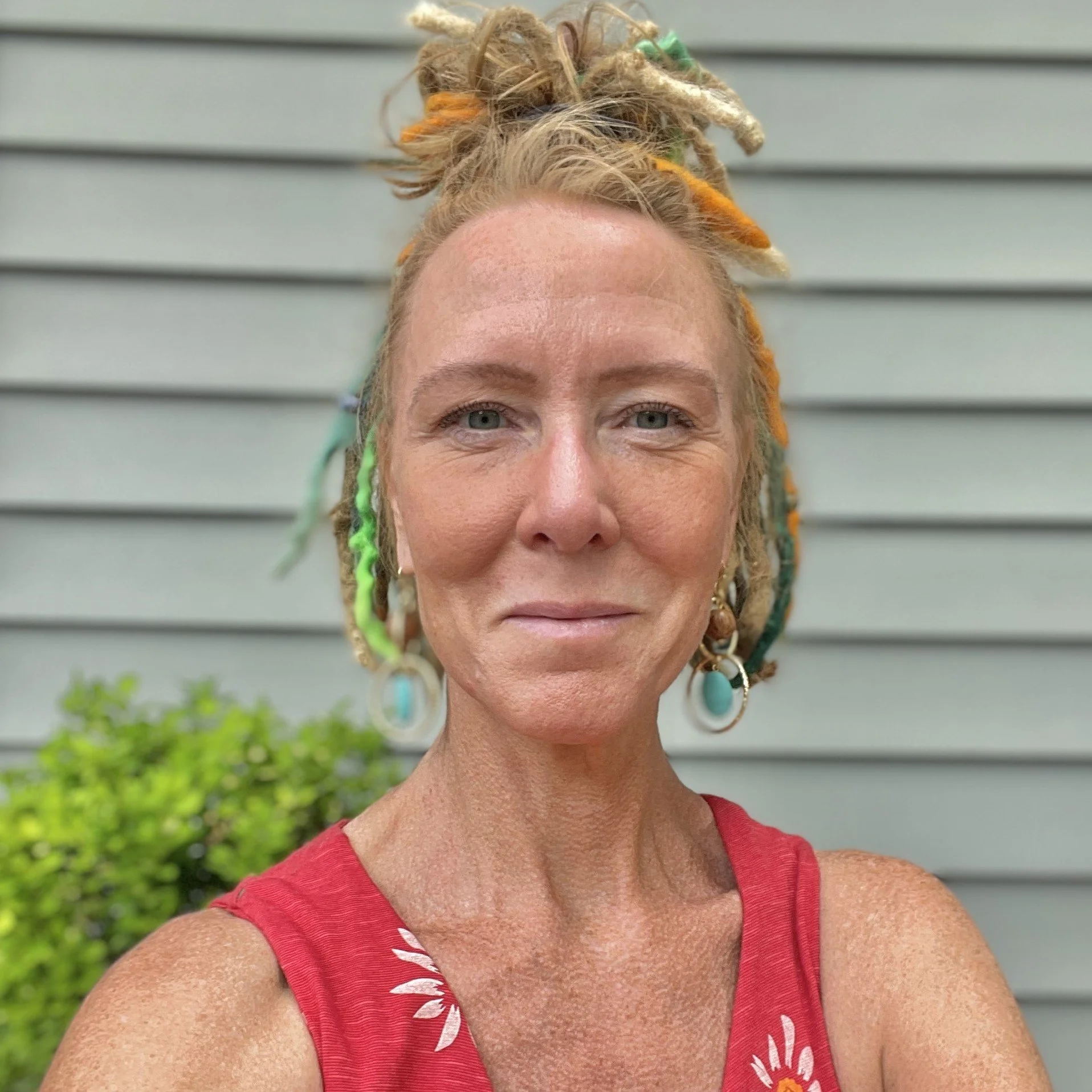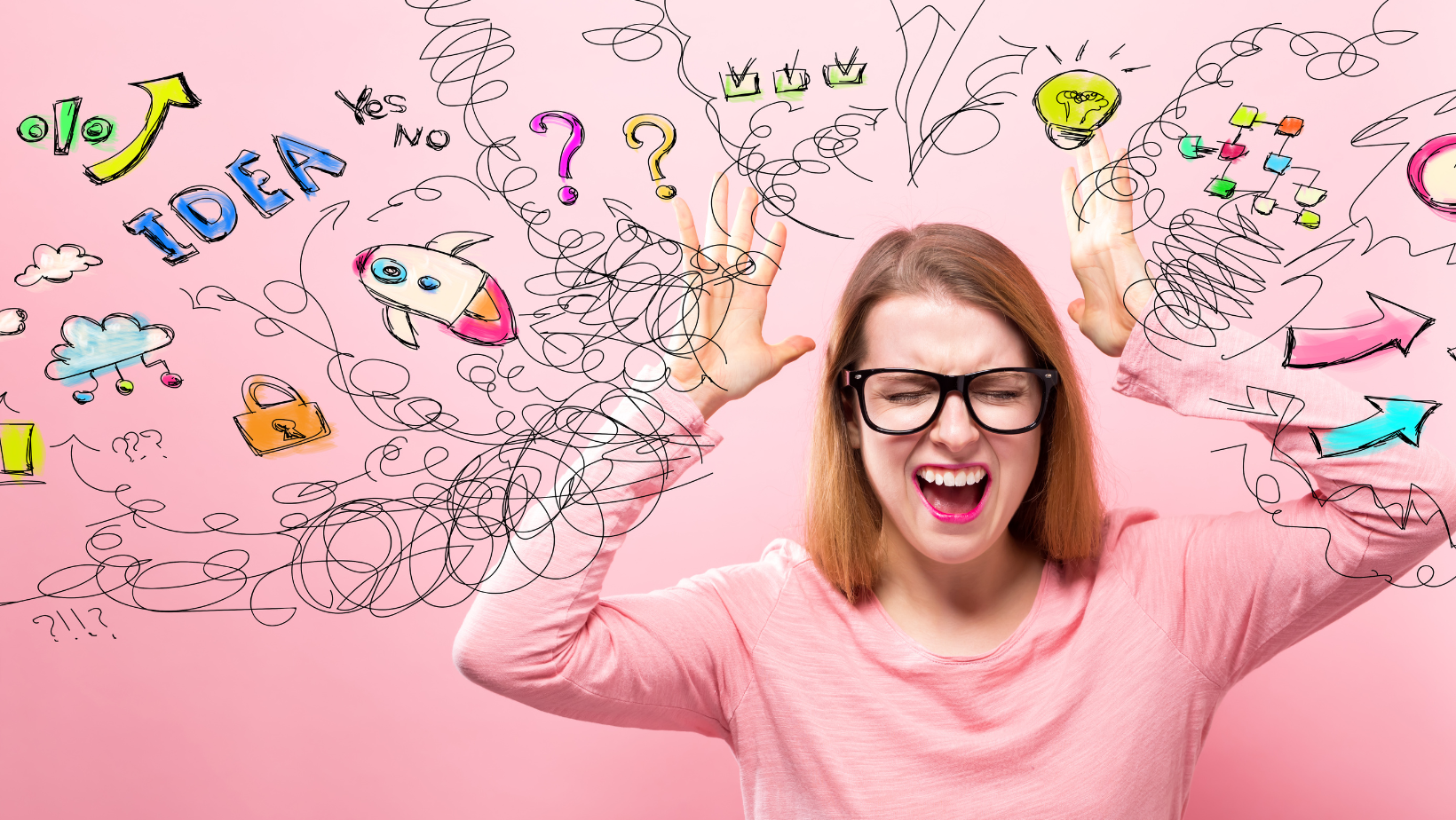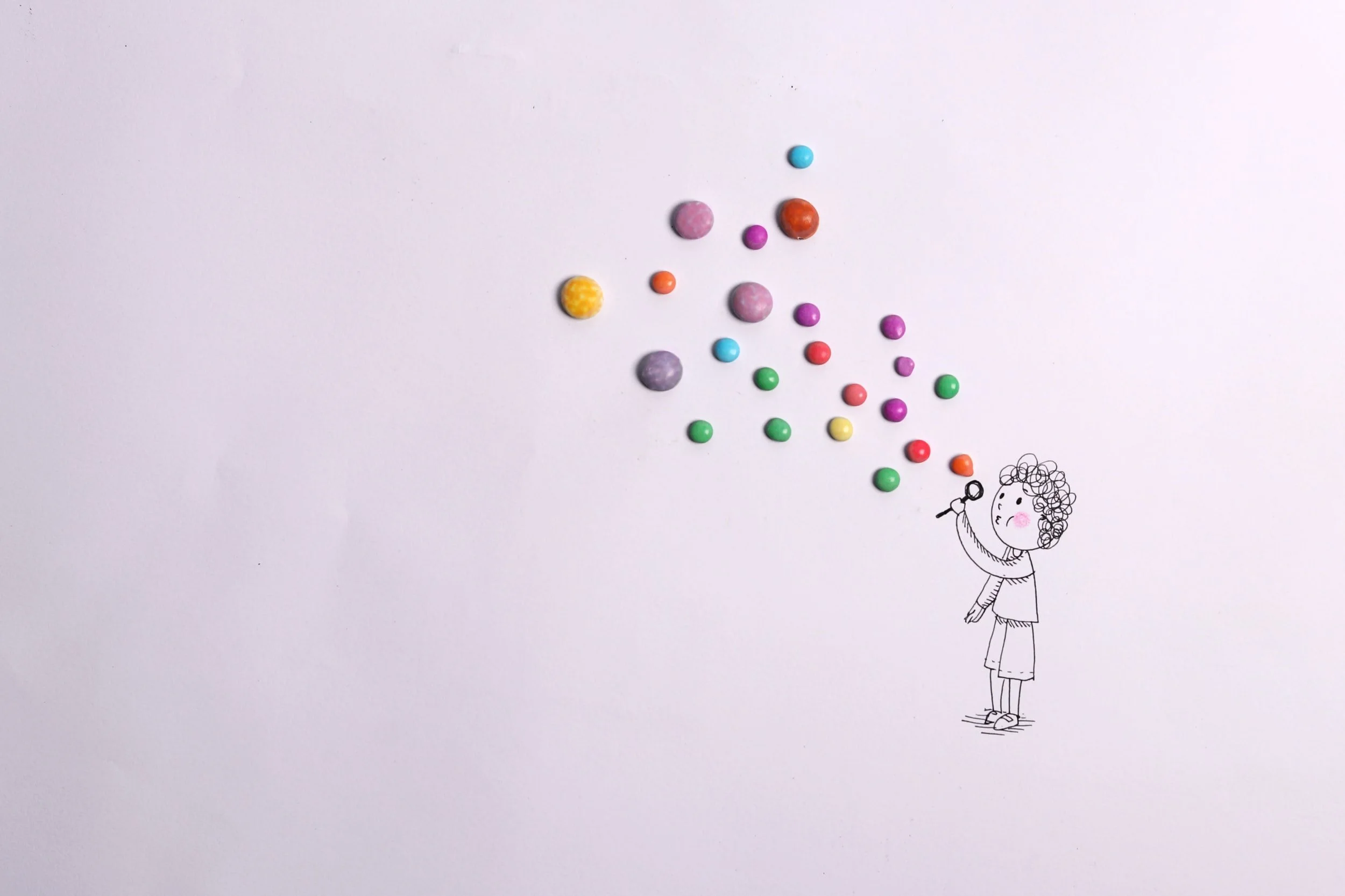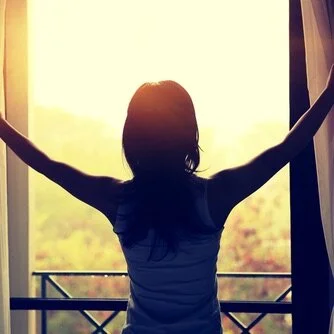Kumbhaka: The Power of the Pause
/Recently, on a hike with my family in Lebanon Hills Park, a pause provided for a curious experience. I became separated from my husband and son, so was hiking alone. Upon cresting a hill, I entered a space along the trail that was brightly illuminated with sunshine. My body intuitively paused in that sunshine.
Without thinking, this pause in action called to me. My awareness shifted, and the powerful, warm, and beautiful sunshine immediately overwhelmed me. I became more present to the natural sounds and sensations both inside and outside of my body. I was no longer walking or hiking actively in the park as a separate being. I was instead present to, connected with, and immersed in the being and energy of the park itself.
I was no longer walking or hiking actively in the park as a separate being.
Deb Dana, LCSW, clinician, consultant, and author of the 2018 book, The Polyvagal Theory in Therapy: Engaging the Rhythm of Regulation, reminds us how “our state creates our story”. At that specific moment, standing in the sunshine in Lebanon Hills Park, my state was pretty chill. I was completely still, at ease, and present. My breath was slow, my body was calm, my focus was paused and entertained by the simplicity of my surroundings, nothing more. That pause innately allowed me to become 100 percent consumed by my serene surroundings. I was one with the park. I had no inkling of fight, flight, or freeze. My vagal nerve, the main nerve of my parasympathetic nervous system, was indicating to me to remain in this inviting safe space of rest, digest, and peaceful ponder.
The power of the pause.
In a Vinyasa yoga class we employ our Ujjayi breath
Our breath itself can provide this same pause and powerful experience. In yoga there are many pranayama techniques we use in our practice. Moving, shaping, shifting our breath can provide an array of opportunities for our bodies and minds. For example, in a Vinyasa yoga class we employ our Ujjayi breath and move our body - one breath, one movement in time - with our respiration rate bringing more heat and energy to the practice. In meditation we might engage a more calming breath such as Sama Vritti (equal ratio breathing) to send the message of calm abiding to our nervous system. This particularly can affect the parasympathetic nervous system, that system of rest, digest, and peaceful balance.
But where does this pause lie in the breath? How does the pause come into play? And how can that pause have an impact on our practice or, more importantly, on our overall health and well-being?
There are many parts to breathing. However, on a day-to-day, moment- to-moment basis, we connect most simply and understandably with our inhalation and exhalation. It happens naturally. We breathe in and out, all day and all night long. Yet, have you ever wondered what you might find if you were to pause, just as I did in Lebanon Hills Park, in those naturally occurring spaces between the in-and-out breath?
In yoga these pauses in respiration are called “kumbhaka”. Translated from Sanskrit, kumbhaka means simply: suspension or retention of breath. A hold or release of breath where we find pause. A pause where we might feel full or a pause where we might feel empty. This “no breath” space is where the learning, the exploring, the assimilation truly come to fruition. As we rest in, or with, the “no breath” pause we have opportunity to observe that which is expansive, uncertain, eternal, and unformed. Here is where we find opportunity to shift our perspective, to rest in awareness, to find balance, homeostasis, and healing.
As we rest in, or with, the “no breath” pause we have opportunity to observe that which is expansive, uncertain, eternal, and unformed.
This pause, particularly the pause at the end of our exhale (bahya kumbhaka), provides the most powerful form of awareness one can experience. It allows us to observe that which the late Thich Nhat Hanh called our own way of “interbeing” – with self, with other, and with the universe itself. The potent pause provides opportunity for us to experience our unyielding connection with all that is. We move deeply through breath into the sphere of our own self and self-awareness, and it is here that we come to see our innate propensity towards wholeness, interconnectedness, and well-being.
The power of the pause.
Stephen Elliot, author of the 2005 book, The New Science of Breath, and creator of COHERENCE, a resource and scientific platform for the study of Coherent Breathing, reminds us that it has been known for thousands of years that breathing is key to health, performance, and longevity. He, along with several other breath scientists, or “pulmonauts” as coined by James Nestor in his 2020 book, Breath: The New Science of a Lost Art, are beginning to understand more keenly the connection between breath and circulation. Both qualitatively and quantitively this breath-and-blood connection enhances our wholeness and continues to support our bodies innate evolution towards optimal health.
The power of the pause, a most poignant piece to the ebb and flow of breath, is that exact place where we can explore, be curious, and ultimately follow the quest of our breath into spaces of vast inquiry and vitality. This pause can be found in your daily routines, on a yoga mat or meditation cushion, in a neighborhood park or the wilderness. And in even those most stressful of times, it is available when our pranayama practice is fine-tuned and manifest.
For as Svatmarama, author of the Hatha Yoga Pradipika stated in writing his 15th-century text: Exhale the breath very properly. Inhale it very properly. Retain it very properly. Thus, one obtains success.
Success truly can be found only one focused breath cycle away. I wish you wellness, happiness and success, one breath at a time.
